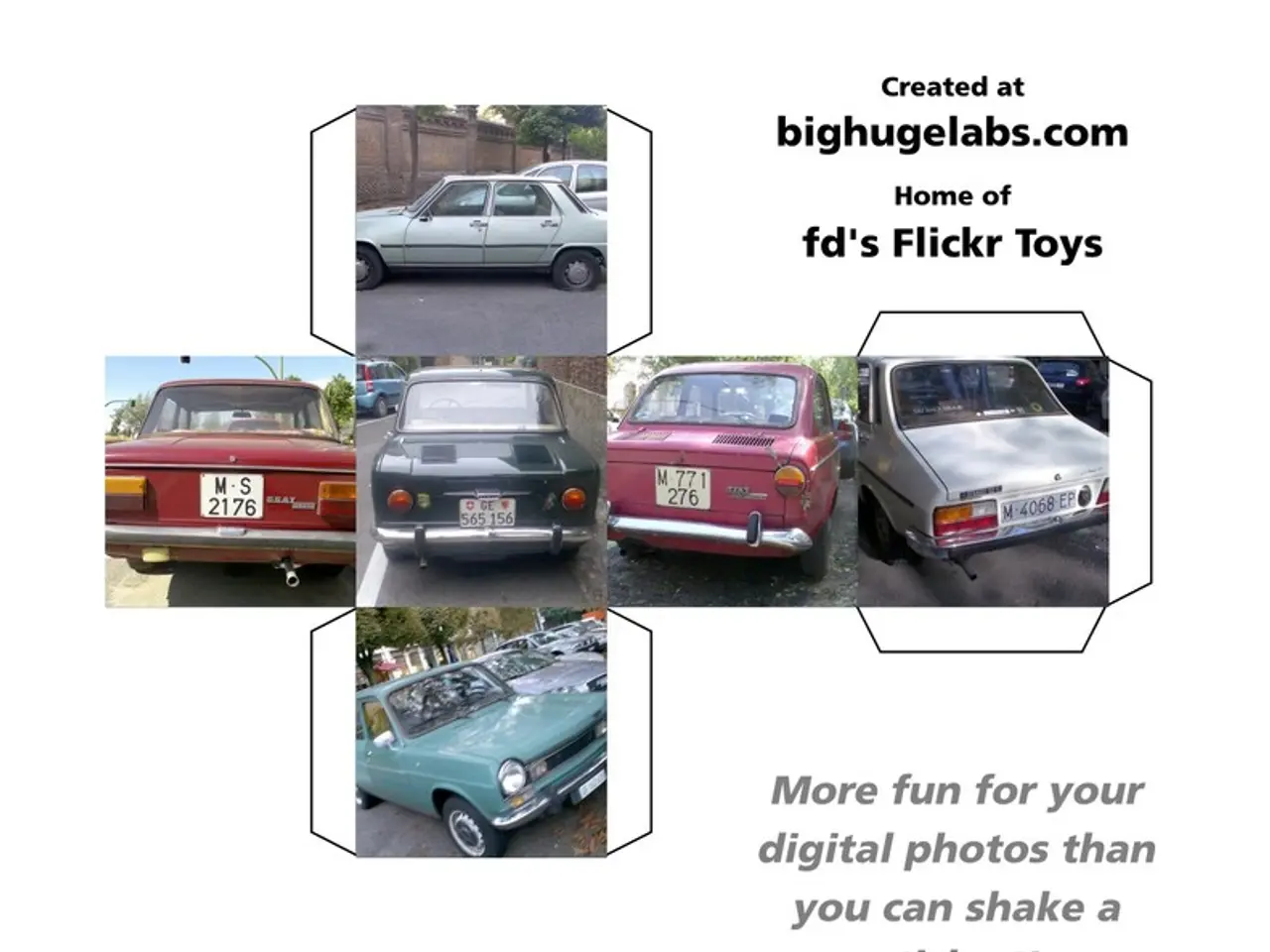Smart, Safe, and Efficient Supply Chains Enhanced with V2X Communication by Amazon, Volvo, Bosch
V2X, or Vehicle-to-Everything communication, is revolutionising the logistics and supply chain management sectors by enhancing safety, efficiency, automation, and sustainability in transport operations.
Current Use Cases
In the present day, V2X is being employed to facilitate real-time data exchange and safety between vehicles, infrastructure, and other entities. This instant communication helps prevent accidents by providing warnings about sudden braking, lane changes, or hazards, thereby improving safety for logistics fleets on the road.
Additionally, V2X is being used to optimise traffic flow by interacting with smart traffic infrastructure, such as signals and road sensors. This results in reduced congestion and improved routing for delivery vehicles, saving fuel and time.
V2X also supports fleet operators by providing detailed vehicle status, location, and environmental data, enabling more responsive logistics operations and predictive maintenance. Furthermore, as new vehicles incorporate level 3 or 4 autonomous capabilities, V2X communication becomes crucial for vehicles to negotiate complex road environments, particularly in commercial logistics vehicles adopting autonomous features.
Potential Future Use Cases
The potential applications of V2X in the logistics and supply chain sectors are vast and promising. One such application is the deployment of fully autonomous logistics fleets, where V2X will enable fleets of driverless trucks and vans to communicate seamlessly with each other and smart infrastructure, optimising platooning, routing, and automated depot operations.
Another potential application is the integration of logistics vehicles into smart city ecosystems, allowing dynamic routing with real-time data from city infrastructure and pedestrian flows to improve last-mile delivery efficiency and reduce urban congestion.
V2X could also connect logistics vehicles to broader supply chain IT systems via cloud computing and edge AI, accelerating data flows for inventory, delivery schedules, and incident management. Moreover, through integration with smart grids (Vehicle-to-Grid, V2G), electric logistics vehicles could coordinate charging cycles and reduce environmental impact, supporting sustainable supply chains.
Contextual Outlook
The V2X market is experiencing rapid growth, with an expected Compound Annual Growth Rate (CAGR) of around 24% and reaching over $10 billion by 2029, driven by advances in 5G, AI, and connectivity technologies. Collaboration across automotive OEMs, telecom providers, technology companies, and regulatory bodies is essential to overcome challenges like privacy, standardization, and infrastructure investment to enable widespread V2X use in logistics and supply chain sectors.
In summary, V2X is transforming logistics and supply chain management by enabling connected, safer, and increasingly autonomous vehicle operations that integrate deeply with smart city infrastructure and digital ecosystems, unlocking efficiency gains and sustainability improvements now and in the near future.
- The logistics and supply chain industry are embracing V2X communication, using it for real-time data exchange and improving safety in transport operations.
- V2X facilitates warnings about sudden braking, lane changes, or hazards, enhancing safety for logistics fleets on the road.
- Apart from safety, V2X is being employed to optimise traffic flow by interacting with smart traffic infrastructure, resulting in reduced congestion and improved routing for delivery vehicles.
- Fleet operators are benefiting from V2X by receiving detailed vehicle status, location, and environmental data for more responsive and predictive logistics operations.
- As autonomous trucks and vans become more prevalent, V2X communication becomes crucial for these vehicles to negotiate complex road environments in commercial logistics.
- Future applications of V2X in logistics and supply chain sectors could include deploying fully autonomous logistics fleets, optimising platooning, routing, and automated depot operations.
- Logistics vehicles could also be integrated into smart city ecosystems, allowing dynamic routing with real-time data from city infrastructure and pedestrian flows.
- V2X could connect logistics vehicles to broader supply chain IT systems via cloud computing and edge AI, accelerating data flows for inventory, delivery schedules, and incident management.
- With the integration of V2X and smart grids, electric logistics vehicles could coordinate charging cycles and reduce environmental impact, supporting sustainable supply chains.
- The V2X market is growing rapidly, with a CAGR of around 24% and expected to reach over $10 billion by 2029, due to advances in 5G, AI, and connectivity technologies.
- Collaboration among automotive OEMs, telecom providers, technology companies, and regulatory bodies is essential to overcome challenges in V2X development and facilitate widespread use in logistics and supply chain sectors.
- The transformative potential of V2X extends beyond logistics and supply chain, encompassing connected, safer, and increasingly autonomous vehicle operations that integrate with smart city infrastructure and digital ecosystems.




